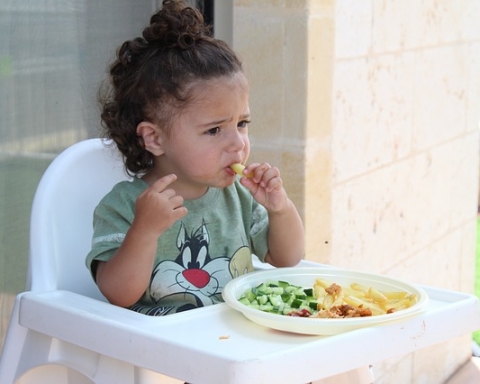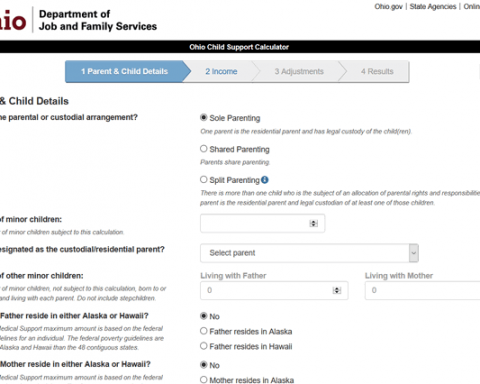Movement and games greatly help boost the mental development of children. Extensive research on the subject has only strengthened this perception. Regardless of their social, cultural, and economic standing, children engage in games and play actively. Children play because it is a natural and joyful activity.
Children learn a lot from recreational and fun activities. They learn to interact with their environment and with one another, something they cannot learn from books, TV, or even gadgets. Games and activities stimulate the bodies as well as the minds of young ones.
Physical educators and classroom teachers can use brain games to aid children in developing neural connections that assist learning. —Deborah A. Stevens-Smith at Clemson University, SC
Parents can use different kinds of games and activities to boost the brainpower of their children. As research points out, “games are powerful promoters of intellectual ability and are too little used in educational curricula.” Mind-boosting, recreational activities allow kids to have fun and gain new knowledge at the same time.
Games for Toddlers and Young Children
Some traditional yet popular games that can be used to engage toddlers and young children include:
- Building blocks. Building blocks come in varied colors and can be built in any shape. They provide toddlers with the perfect opportunity to exercise their fingers as well as their imaginations. Blocks also help toddlers learn to differentiate between colors and shapes.
- Puzzles. Puzzles also come in varied shapes and colors. They improve children’s hand-eye coordination and teach them logical reasoning skills. They encourage children to concentrate as they arrange jagged shapes into specific sequences and patterns. Completing a puzzle also gives them a sense of accomplishment.
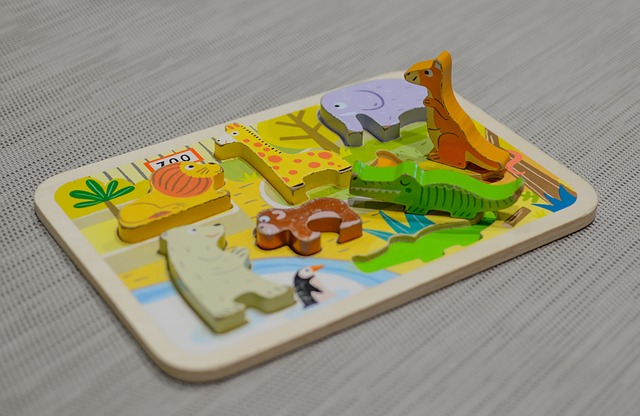
A Puzzle for Toddlers - Matching pictures with words. Flashcards with pictures of different objects can be used in a learning game where children match a picture with the correct word. Matching games help build children’s object recognition skills as well as their vocabulary and spelling.
- Role-playing. Role-playing is a great way for children to engage with their peers as well as adults. It allows them to exercise their creativity and imagination. Children also learn a variety of social skills and engage with their environment and society. Role-playing also gives parents an opportunity to teach their children moral lessons.
- Find the object. Games in which children find specified items help develop their object recognition skills and memory. For this type of game, parents can use flashcards displaying different objects, and the toddlers can try to find the objects in their surroundings.

A Find the Object Game for Toddlers - Hide-and-seek. Hide-and-seek is a slightly more advanced version of peek-a-boo. It helps children develop their sense of object permanence. In other words, it helps children learn that even if they can’t see or find a person, he or she is still there. Hide-and-seek strengthens memory, increases concentration, utilizes functional skills, and activates the joy centers in the brain.
- Dancing. Dancing promotes equilibrium, balance, sequential movement of the muscles, and coordination. It also encourages imitation and repetition of movements, thereby building muscle memory and improving body language, and it develops fine motor skills. Dancing can even help kids overcome shyness. Research elaborates, “Another wonderful thing happens with movement. The brain produces a neurochemical called endorphins. This chemical causes a feeling of energy and makes the brain more conducive to learning. Movement and rhythm stimulate the frontal lobes, important in language development. This portion of the brain grows between the ages of two and six.”
Games are not just a means of entertainment and fun for children. They learn a lot about their surroundings and about others through playing games. Children’s brains are most receptive to knowledge and learning between the ages of one year and three years. Parents should use this critical period to help their children learn and have fun.
References
- Stevens-Smith, Deborah A. “Brain Games.” Strategies 19, no. 6 (2006): 19–23. Retrieved from https://shapeamerica.tandfonline.com
- Maxwell, William. “Games Children Play: How They Increase the Intellect?.” International Journal of Educational Development 1, no. 3 (1982): 29–48. Retrieved from https://www.sciencedirect.com
- Harman, Maryann. “Music and Movement – Instrumental in Language Development.” Early Childhood News. Accessed September 28, 2009. http://www.earlychildhoodnews.com

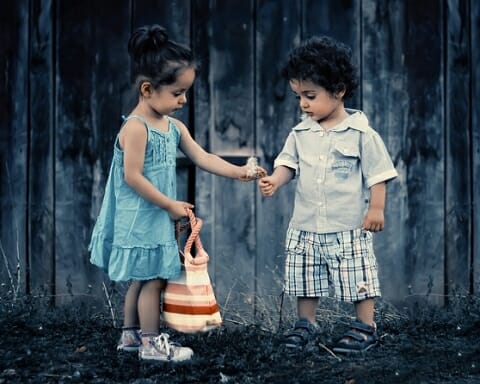


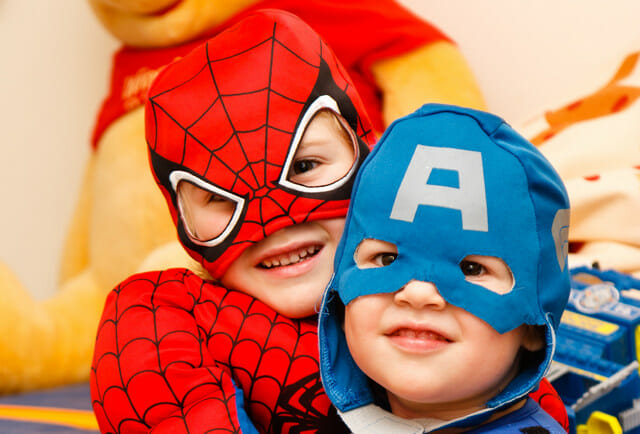



![I, Greg Williams [GFDL (http://www.gnu.org/copyleft/fdl.html) or CC BY-SA 3.0 (https://creativecommons.org/licenses/by-sa/3.0)], from Wikimedia Commons](https://parentingscience.today/wp-content/uploads/2018/05/Helicopter_Parenting_Father.png)

